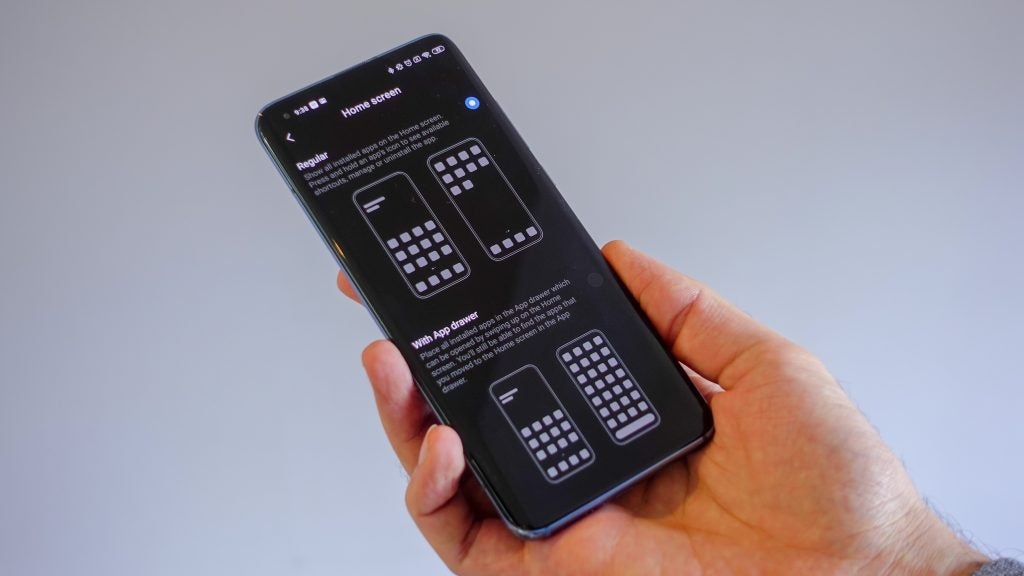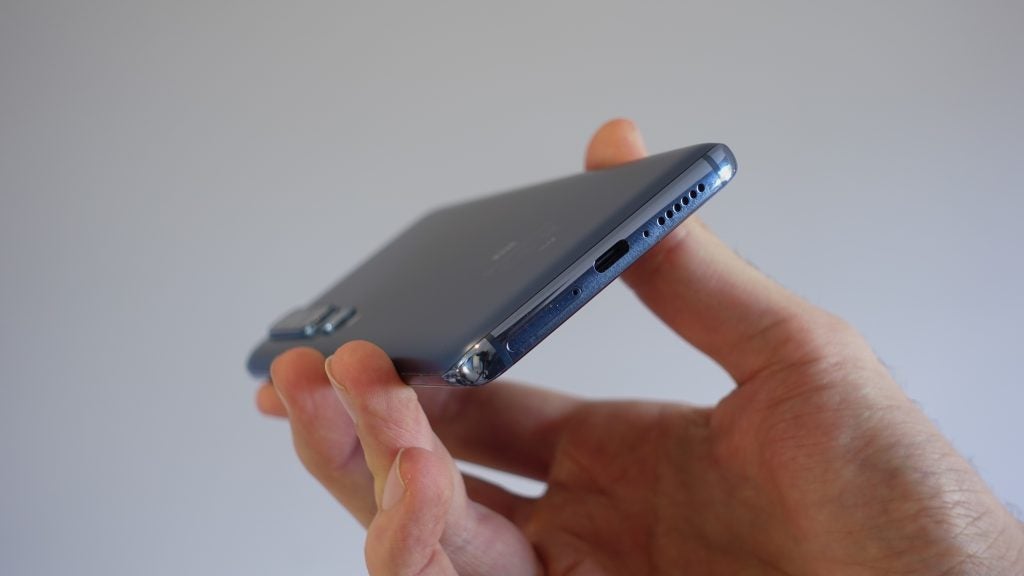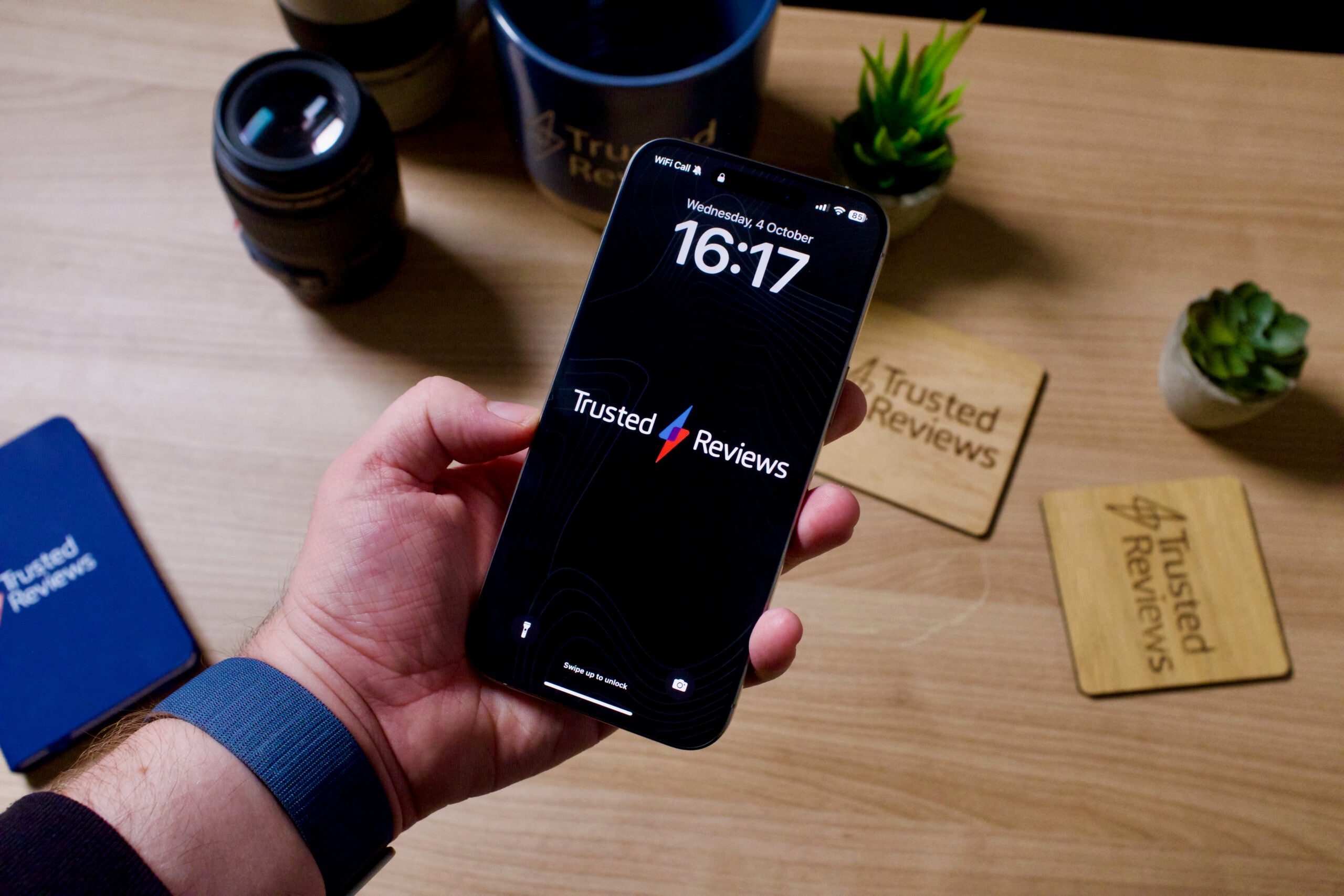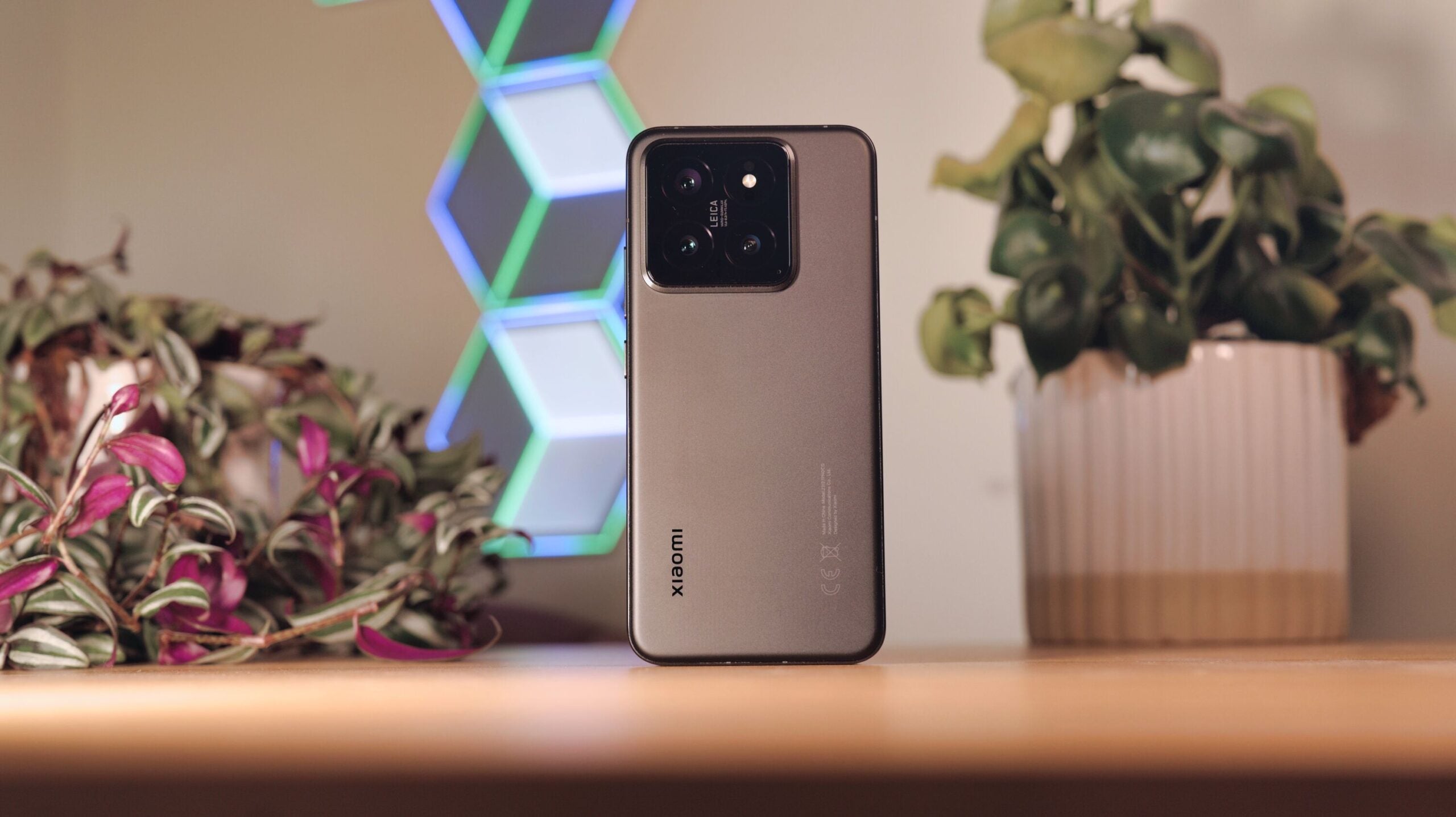Xiaomi Mi 10 Pro Review
The Xiaomi Mi 10 Pro costs big bucks, but can it compete in the big league?


Verdict
Xiaomi’s going after the Samsung Galaxy S20 Ultra and Oppo’s Find X2 Pro with the Xiaomi Mi 10 Pro flagship, which comes with excellent specs and a sky-high price to match.
How much is Xiaomi charging for the Mi 10 Pro? Around £1,000 – a huge sum of money. Charging big bucks and making a serious flagship was a good move for Oppo, based on Find X2 Pro reviews, and while OnePlus hasn’t climbed to the £1000 mark, the OnePlus 8 Pro was its most expensive flagship to date and it’s a solid smartphone.
Can Xiaomi match its rival’s success with the Mi 10 Pro, and can a brand famous for affordability steal the show at an overcrowded flagship table?
Design and screen
- Great looking phone with a knockout screen
- Very minimal bezel surrounding the display
- Small notch housing the selfie camera
There’s very little to dislike about the Xiaomi Mi 10 and Mi 10 Pro’s design. The Pro, in particular, with its matte finish around the back, is a premium feeling, good looking smartphone with a knockout screen.
There isn’t much that’s truly unique about the Mi 10 Pro design. It doesn’t pack a four-sided curved display like the Huawei P40 Pro or P40 Pro Plus, nor is it the longest phone on the block like the Sony Xperia 1 II. What the Mi 10 Pro gets right, however, it gets very right.
Taking centre stage on the Mi 10 and Mi 10 Pro is a big, bright AMOLED display that clocks in at 6.67 inches, making it bigger than most phones. With a 90% screen-to-body ratio, it beats out the iPhone 11 Pro and Pro Max on that front, delivering a notch-free, low-on-bezel finish and a combination of curved Gorilla Glass 5 and buffed metal that works well.
The Mi 10’s buttons and ports are predictable; there’s a USB-C port, no headphone jack, but you do get an IR blaster at the top. The phone sports stereo speakers and all the buttons are along its right side.

I particularly like the Mi 10 Pro’s matte finish – it does a much better job than the high-gloss vanilla Mi 10 of fending off fingerprints. If I had to nitpick, the camera bump around the back could be a bit less pronounced, but in the context of today’s flagships, the design of the Mi 10 Pro is up there. The lack of an IP rating is also a big miss, especially at this price.
The phone’s screen also impresses in real life. While the Full HD specs and 386 pixel-per-inch clarity aren’t class-leading on-paper, we doubt you’ll be complaining when using it. Viewing angles are strong; decent brightness ensures the Mi 10 Pro looks good indoors and out, and with HDR10 support, optimised content appears immersive.
With a small punch hole selfie camera in the top-right, the Mi 10 Pro is one of the most uninterrupted flagship screens around today, and its 90Hz refresh rate is smooth, even if it isn’t 120Hz Galaxy S20 smooth.
Performance
- Top-of-the-line specs inside
- Snapdragon 865 chipset
- Up to 12GB RAM
The entire Xiaomi Mi 10-series packs top-of-the-line Qualcomm Snapdragon 865 internals, and the Mi 10 Pro comes loaded up with either 8GB RAM with 256GB storage, or 12GB RAM with 256/512GB storage. Our review device is the base 8GB/256GB model. Basically this has all bits you’d want from a best Android phone.
Benchmarks and real-world use predictably reflect the power inside the Xiaomi Mi 10 Pro. A Geekbench multi-core score of 3,300 puts it near the top of the pack, and we experienced no stutters when using the phone, though occasionally, processing out those 108MP images can take a moment.
Running atop Android 10, Xiaomi’s interface, MIUI 11 is our least favourite part of the Mi 10 Pro experience. A step in the right direction when compared to older iterations of MIUI, there are some things it gets right – finally, we have an optional apps tray. That said, it also gets plenty wrong.
Installing an app on the Mi 10 Pro pulls you through to a virus scanning screen, taking you away from whatever it is you’re doing. While this is an improvement over older iterations, which would bombard you with adverts in the process, it’s still jarring.

Want to select some text? Just double-tap it, right? That’s what you do in stock Android and in iOS. Nope – Xiaomi wants to be different. You have to double-tap it, then hit ‘select’ or long-press the text. Messing about with Android and UX fundamentals like this isn’t a smart move.
There is also a bit of instability. The camera shutter release occasionally wouldn’t register presses, and some touch sensitivity issues forced me to lock and unlock the Mi 10 Pro to fix them. These issues were infrequent; however, held the user experience back, which is a real shame given everything else about this phone is so good. When this phone is in its element, it’s one of the best, but when wading through MIUI’s quirks, it’s just fine.
There are also saving graces within MIUI too. Its home screens are simple to sort, and the interface generally looks clean. There are also plenty of customisation options, not least of all, the option to bring back an apps tray. Having spoken to several Mi 10 Pro reviewers, however, this was on some devices, but not others – so there are no guarantees that whatever lands on shelves when the phone goes on general release will have an apps tray.
Biometric security is on-point with an under-display fingerprint scanner that works well, and standard connectivity options are accounted for – NFC, Bluetooth 5.1, aptX HD wireless codec, and more.
Battery life
- You’ll get better battery life than most 2020 flagships
- 50w wired and 30w wireless charging
The Mi 10 Pro delivers excellent battery life, bettering most 2020 flagships. An episode of This is Us, which clocks in at just shy of an hour only took the battery down by four percent at max brightness, and the phone made it through a full day with over 30 percent battery remaining most days with moderate use.
On top of lasting all day, the Mi 10 Pro charges quickly, at up to 50W, which is faster than virtually any other smartphone that isn’t made by Oppo or Realme. With 30W fast wireless charging, not to mention reverse wireless charging.

Camera
- There’s a main 108MP camera on the back
- Two zoom cameras: 12MP 2x and 8MP 3.7x zoom
Contentious opinion alert: I prefer the camera on the Mi 10 Pro to that of the Galaxy S20 Ultra. Despite the fact both phones use the same 108MP sensor, made by Samsung, Xiaomi’s implementation and processing of images produce a more natural look.
The setup on the Mi 10 Pro is very comparable to that of the S20 Ultra. The 108MP, f/1.7 primary camera is accompanied by a 12MP 2x zoom and an 8MP 3.7x zoom camera. The 108MP and 8MP modules pack OIS, and the telephoto performance of the Mi 10 Pro is exemplary. Add to the mix a 20MP ultrawide camera with a 13mm focal length, and the Mi 10 Pro fast becomes one of the most versatile camera phones on the scene.
Pictures shot on Xiaomi’s flagship pack detail, depth, and excellent dynamic range in all but the most challenging conditions. Saturation and contrast are well balanced, though the images do lean towards cooler hues.
The Mi 10 Pro’s optical image stabilisation saves the day in low light, and the inclusion of a Night Mode is welcome, helping dark scenes look naturally lit, though it’s a shame it can’t be fired up when engaging the ultrawide or 3.7x telephoto cameras.
Just like the S20-series, the Xiaomi Mi 10 Pro captures up to 8K video, a neat party trick in excellent lighting, but it’s likely something you’ll use once and forget about. Fortunately, party tricks aside, its video capture is impressive, with plenty of modes to create fun, short video, and fundamentally reliable quality in good to middling light.
See below for a bunch of sample shots:
You should buy it if…
You want reliable internals
Xiaomi doesn’t skimp on the internals here, which isn’t a surprise considering the high price. You’ve got the 2020 flagship chipset from Qualcomm, 5G support, very fast charging and loads of RAM.
A zoom camera is important
The zoom skills of this camera phone are great and if you like getting closer to a subject this is a great pick.
You shouldn’t buy it if…
You want a water resistant phone
One of the few missing features here is the lack of an IP rating, meaning there’s no official water resistance here.
FAQs
The Xiaomi Mi 10 Pro is not waterproof
This is a 5G phone and will work on 5G network
There are a couple of versions of the Mi 10 Pro, one of which is Dual SIM (dual standby)
Jargon buster
USB-C
The modern USB connector you’ll find on most Android phones, new laptops, cameras and games consoles. It’s reversible and used for charging along with data-transfer.
Snapdragon 865
Qualcomm’s 2020 flagship chipset and the platform that powers the phone. This includes the CPU, GPU, ISPs for the camera and modem.
OLED and AMOLED
Types of displays that use self-lighting pixels to provide greater contrast and more vibrant colours than a typical LCD display, as well as sharper blacks.
mAh
An abbreviation for milliampere-hour and a way to express the capacity of batteries, especially smaller ones in phones. In most cases the higher the mAh, the longer the battery will last but this isn’t always the case.
Qi Wireless Charging
The most common format for wireless charging and the one supported by the majority of devices. Charge speeds vary a lot by the phone.
5G
Offering faster download and upload speeds when compared to 4G. Great for game streaming and HDR video playback. Not supported everywhere yet and speeds vary wildly.













